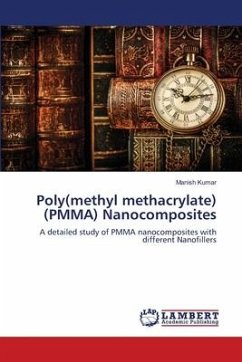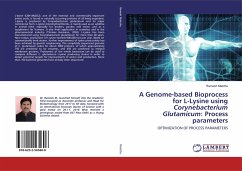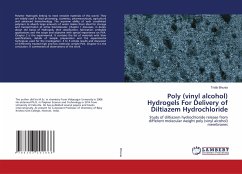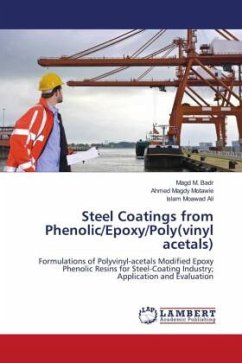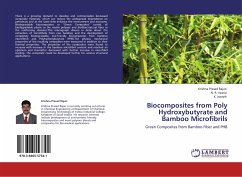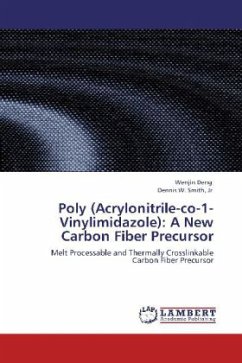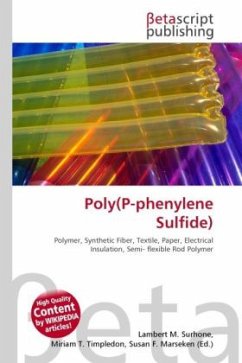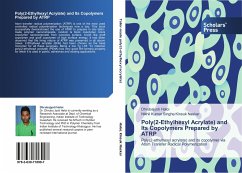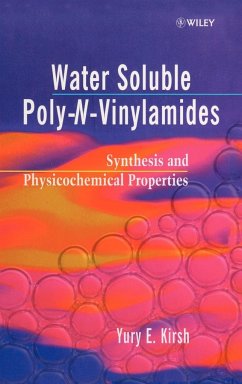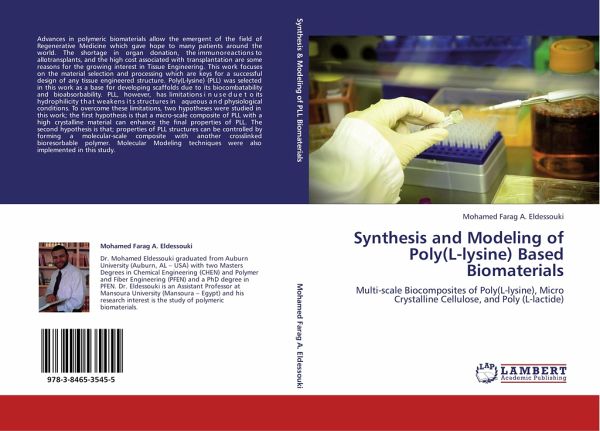
Synthesis and Modeling of Poly(L-lysine) Based Biomaterials
Multi-scale Biocomposites of Poly(L-lysine), Micro Crystalline Cellulose, and Poly (L-lactide)
Versandkostenfrei!
Versandfertig in 6-10 Tagen
39,99 €
inkl. MwSt.

PAYBACK Punkte
20 °P sammeln!
Advances in polymeric biomaterials allow the emergent of the field of Regenerative Medicine which gave hope to many patients around the world. The shortage in organ donation, the immunoreactions to allotransplants, and the high cost associated with transplantation are some reasons for the growing interest in Tissue Engineering. This work focuses on the material selection and processing which are keys for a successful design of any tissue engineered structure. Poly(L-lysine) (PLL) was selected in this work as a base for developing scaffolds due to its biocombatability and bioabsorbability. PLL,...
Advances in polymeric biomaterials allow the emergent of the field of Regenerative Medicine which gave hope to many patients around the world. The shortage in organ donation, the immunoreactions to allotransplants, and the high cost associated with transplantation are some reasons for the growing interest in Tissue Engineering. This work focuses on the material selection and processing which are keys for a successful design of any tissue engineered structure. Poly(L-lysine) (PLL) was selected in this work as a base for developing scaffolds due to its biocombatability and bioabsorbability. PLL, however, has limitations in use due to its hydrophilicity that weakens its structures in aqueous and physiological conditions. To overcome these limitations, two hypotheses were studied in this work; the first hypothesis is that a micro-scale composite of PLL with a high crystalline material can enhance the final properties of PLL. The second hypothesis is that; properties of PLL structurescan be controlled by forming a molecular-scale composite with another crosslinked bioresorbable polymer. Molecular Modeling techniques were also implemented in this study.



